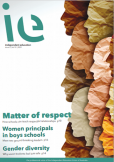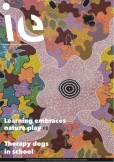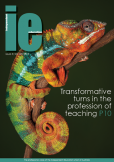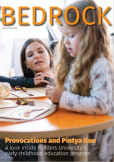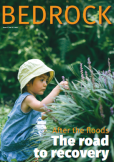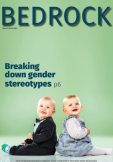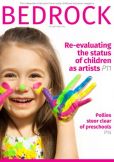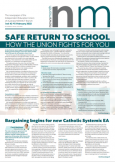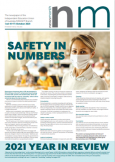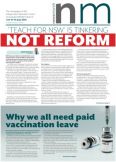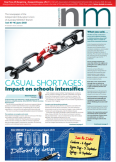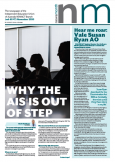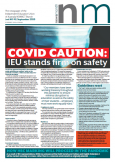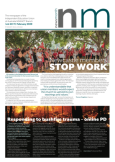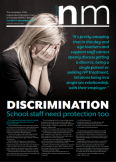Over the past few years, more and more schools and systems have been integrating trauma-aware ideas and practices into their work with students, particularly those who have lived through complex trauma. Most recently, a collaboration between the Queensland University of Technology and the Australian Childhood Foundation has produced a systematic guide to trauma-aware education. This straightforward and succinct 10 step guideline, entitled National Guidelines for Trauma-Awareness Education, aims to assist in embedding these practices at all levels of education. It aims to build ‘systemic support’.
The new guidelines are underpinned by the firm, evidence-based belief that trauma-aware education can enhance the education experience of students living with the outcomes of complex trauma; it can achieve reparative outcomes for students, minimise behaviour concerns, lessen the use of suspension and exclusion, enhance the support and educational achievement of students living in out-of-home care, and promote the personal and professional wellbeing and attrition rates of educators, and minimise long term, large scale personal and economic burden associated with unresolved complex trauma.
These guidelines offer a systematic process to ensure all educators are aware of the premises underpinning trauma-aware education. As the guidelines elaborate, “trauma-aware education is not an extra body of work or responsibility for teachers and school leaders”. Rather it is a systematic approach where all educators are supported to engage in trauma-aware practice.
What is trauma?
The National Guidelines document states that there is now clear evidence (particularly from the field of neuroscience) that complex trauma can have a detrimental impact on learning and educational pathways due to the harmful impact of toxic stress on developing nervous systems. It highlights that this neurological impact can impair the capacity for effective relationships and for emotional regulation, which can lead to behavioural and learning complexities that place young people at increased risk of suspension, exclusion and disengagement from schooling. If not addressed, the effects of complex trauma can extend into adulthood and can lead to intergenerational transmission of this type of trauma.
The useful NSW Department of Education resource Trauma-informed practice in schools: An explainer, provides a definition which both explains trauma and also distinguishes between the terms ‘simple’ and ‘complex’ trauma.
A commonly used definition of trauma is “individual trauma results from an event, series of events, or set of circumstances that is experienced by an individual as physically or emotionally harmful or life threatening and has lasting adverse effects on the individual’s functioning and mental, physical, social, emotional or spiritual wellbeing”. (Substance Abuse and Mental Health Services Administration 2014, SAMHSA’s concept of trauma and guidance for a trauma-informed approach.)
Further explained is that trauma can be categorised as either ‘simple’ or ‘complex’. Simple trauma may result from a single incident that is life threatening or has the potential to cause serious injury, for example a car accident. Complex trauma may arise as a response to usually multiple incidents of interpersonal threat and/or violence, for example, neglect, abuse, bullying, domestic violence, rape, war poverty and imprisonment. When complex trauma occurs in childhood, it is usually referred to in the literature as ‘developmental trauma’. Ongoing traumatic stress on the brain in childhood may create difficulties with learning and memory, sense of self, focus and concentration, physiological responses, self regulation and coping, and the ability to form positive relationships (DeCandia, Guarino and Clervil 2014; Harris 2017).








